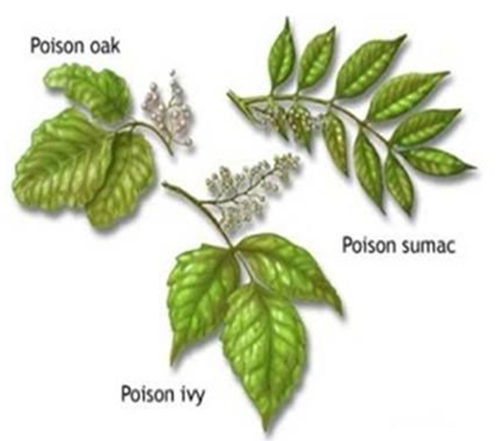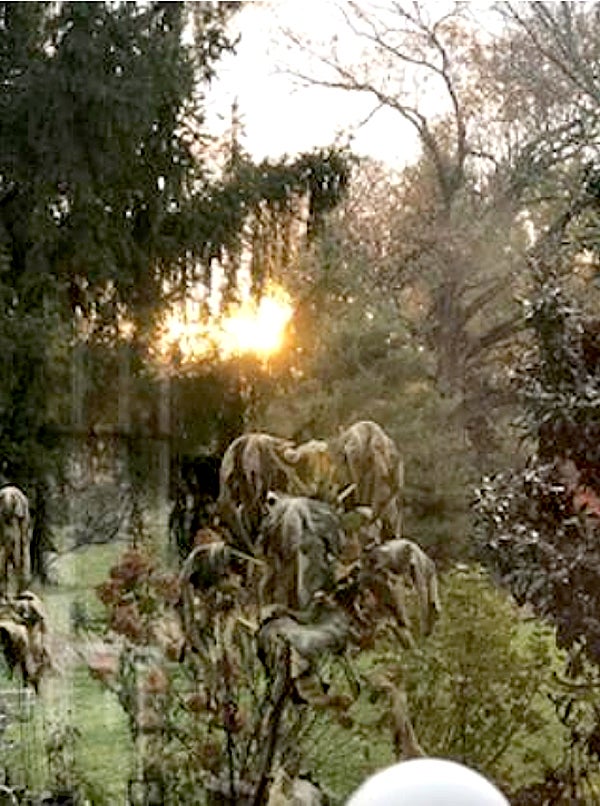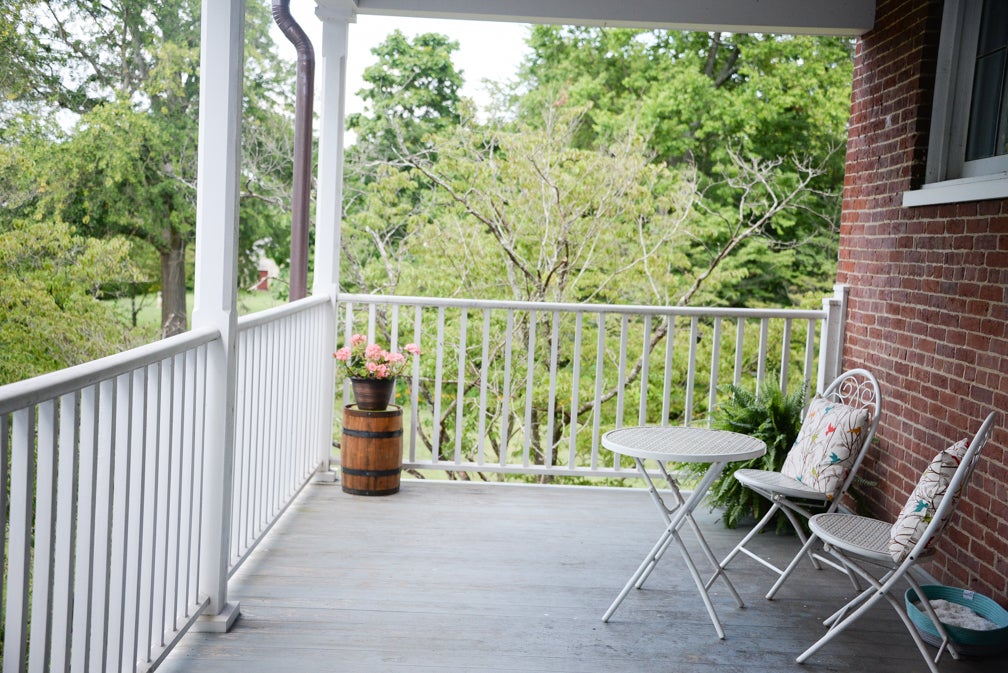By Jocelyne Waddle, The Garden Club of Frankfort
Twilight fades, the veil grows thin and nothing is what it appears. Our town, cloaked in magic hues, croons of autumn, luring us with scents of falling leaves and caramel apples. Hiding behind their carved grins, pumpkins become Jack-o’-lanterns throwing flickering lights on doorsteps and porches.

Tiny creatures, witches and heroes giggle as they roam the streets searching for sweet treasures. Emboldened by the season’s excitement, teenagers dare each other to venture into the haunted mansion at the edge of the city. As the night deepens, the mist from the mighty river reminds us of ghostly tales, a legacy of the town’s rich history and the spirits that may still linger.
Amidst the festive atmosphere, we find ourselves drawn to the allure of the unknown, the thrill of the unseen. But what if true horror lies not in the spectral apparitions or the creatures of the night, but in the very plants we nurture with care?
Indeed, in our well-tended gardens, there exists a world filled with olden wisdom and forgotten poisons, shrouded in mystery under the pale October moon. However, do not fear!
The gardeners — keepers of nature’s secrets — are magicians versed in ancient knowledge. These crusaders, respectful of our flora’s power, navigate the hidden dangers that lurk in the heart of our green sanctuaries. They are the protectors of our ecological plurality, ensuring that the stories of these botanical wonders continue to be told. They record their discoveries in their grimoire, chronicling the natural world’s mysteries for future generations. Heed their warning!
Recognizable Perils: Familiar and foreboding
• The twin itchy menaces: Poison ivy waits with its trifoliate foliage, ready to unleash its urushiol oil upon the unwary, while its companion, poison sumac, easily identified with its smooth leaves and red stems, thrives in wet, swampy corners.

• The temptress: Deadly nightshade stands tall, its dark berries glistening like forbidden jewels.
• The lethal dandy: The castor bean plant, with its large, glossy fronds, casts ominous shadows on the ground, its spiky seed pods pulsing with hidden danger.
Deceptive menace: Dainty blooms and innocent foliage
• The heart’s deceiver: Foxgloves sway with effortless grace in the breeze, their tubular flowers resembling ghostly fingers reaching out from the darkness. Do not eat them, or they will steal your life’s beat.

• The ambiguous beauty: Hydrangea, with its oversized, colorful heads, is a favorite among gardeners. Yet, when ingested, it will capture your breath.
• The silent killer: The yew is often used in landscaping and is highly toxic. The bright red berries and needle-like leaves will silence the drums in your heart.
• The great pretender: The lovely mountain laurel, with its innocent pink and white flowers, is a common ornamental bush. However, all parts of the plant are dangerous and will ravage your stomach.
Do not be quick to forsake them. Even these plants play a vital role in the garden’s delicate ecosystem. They provide sustenance for beneficial insects and wildlife, contributing to the intricate web of life that thrives in its bounds. They are not merely harbingers of doom but also guardians of biodiversity.
Precautions for the unwary gardener
Let us arm ourselves in this realm of beauty and peril. The following safety measures are our shield:
• Wear protective clothing: When tending to the garden’s secrets, cloak yourself in long sleeves, long pants, boots and gloves. This armor will protect you from the hidden perils that lie within.
• Wash exposed garments separately: After your sojourn in your verdant oasis, cleanse your garments separately in hot water with detergent. This ritual will purge any lingering toxins from your attire.
• Use barrier skin creams: Anoint your skin with salves before venturing into the plot’s depths. These potions offer a layer of protection against invisible dangers.
• Clean tools thoroughly: After each use, purify your tools with rubbing alcohol or soap and water. This cleansing practice ensures that no trace of the poison remains.

• Do not burn poisonous plants: Refrain from setting aflame the poisonous tenants, for their smoke can carry perilous vapors that will ensnare your breath.
• Label plants: Mark every plant with care, for erudition is your ally. Clear labels will guide you and your tribe in identifying them.
• Supervise children and pets: Keep a vigilant eye on the young and the innocent, for they may unknowingly wander and fall prey to its hidden dangers.
• Educate yourself and others: Arm yourself with knowledge and share it with fellow gardeners. Learn to recognize the garden’s toxic inhabitants and the symptoms of their poison.
Let us tread with caution as we walk through this enigmatic botanical haven. These dangerous plants stand as sentinels of mystery — their allure undeniable, yet their potential for harm is ever-present. In this kingdom where beauty and danger intertwine, the line between life and death is as delicate as a petal.
Remember, nature has powers we often know nothing about. So, this October, let us be vigilant, for it is within the secrets of our cultivated refuge that All Hallows’ Eve makes itself known.











